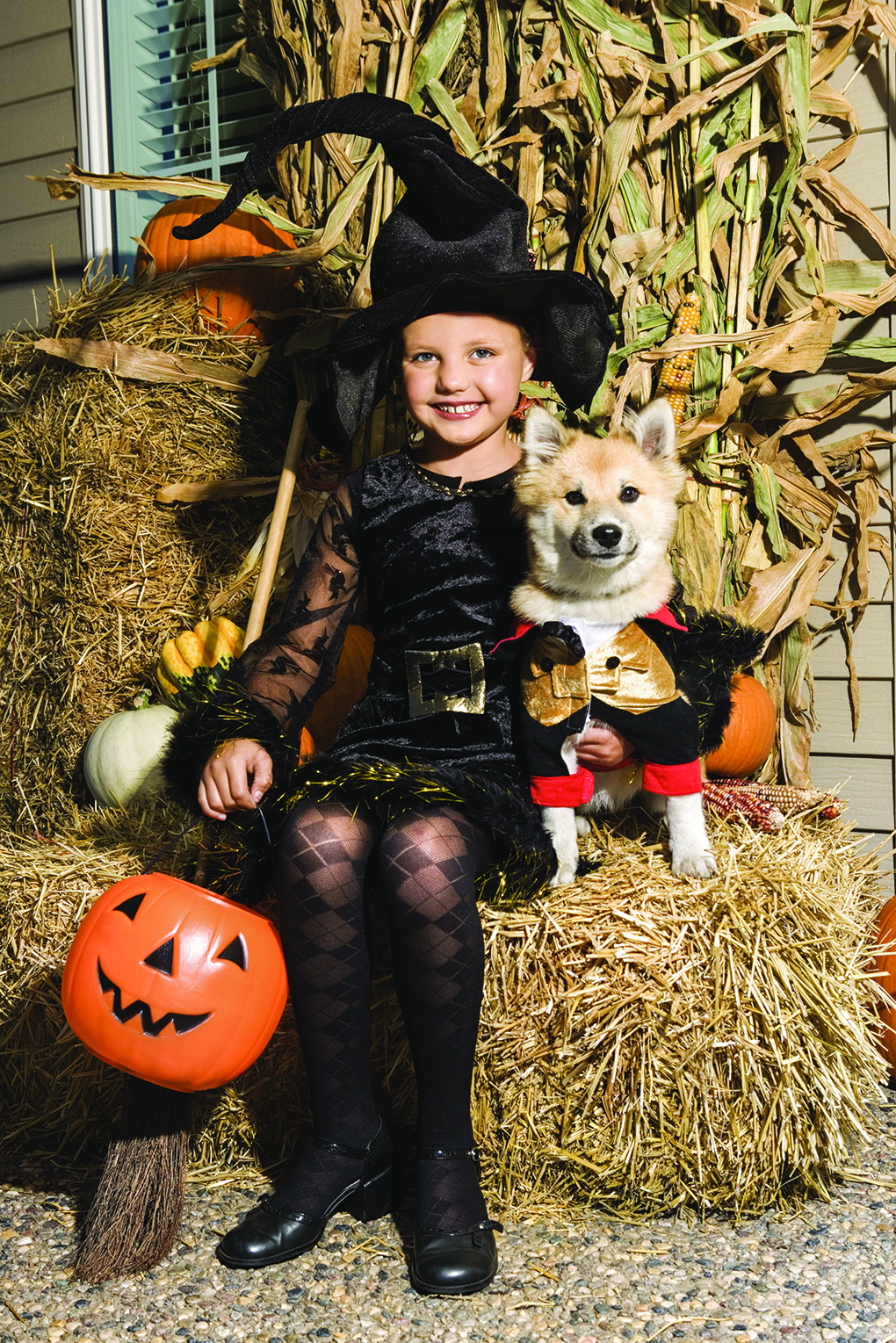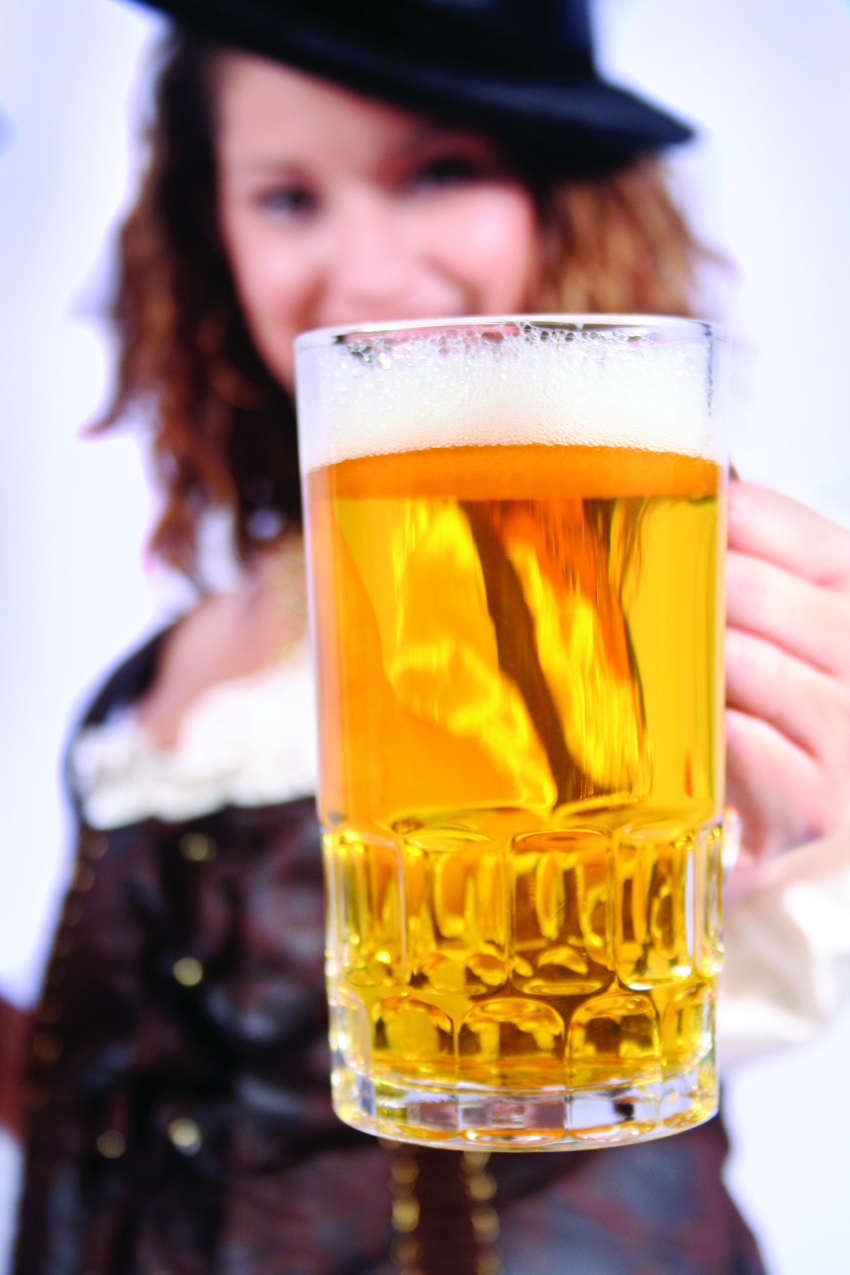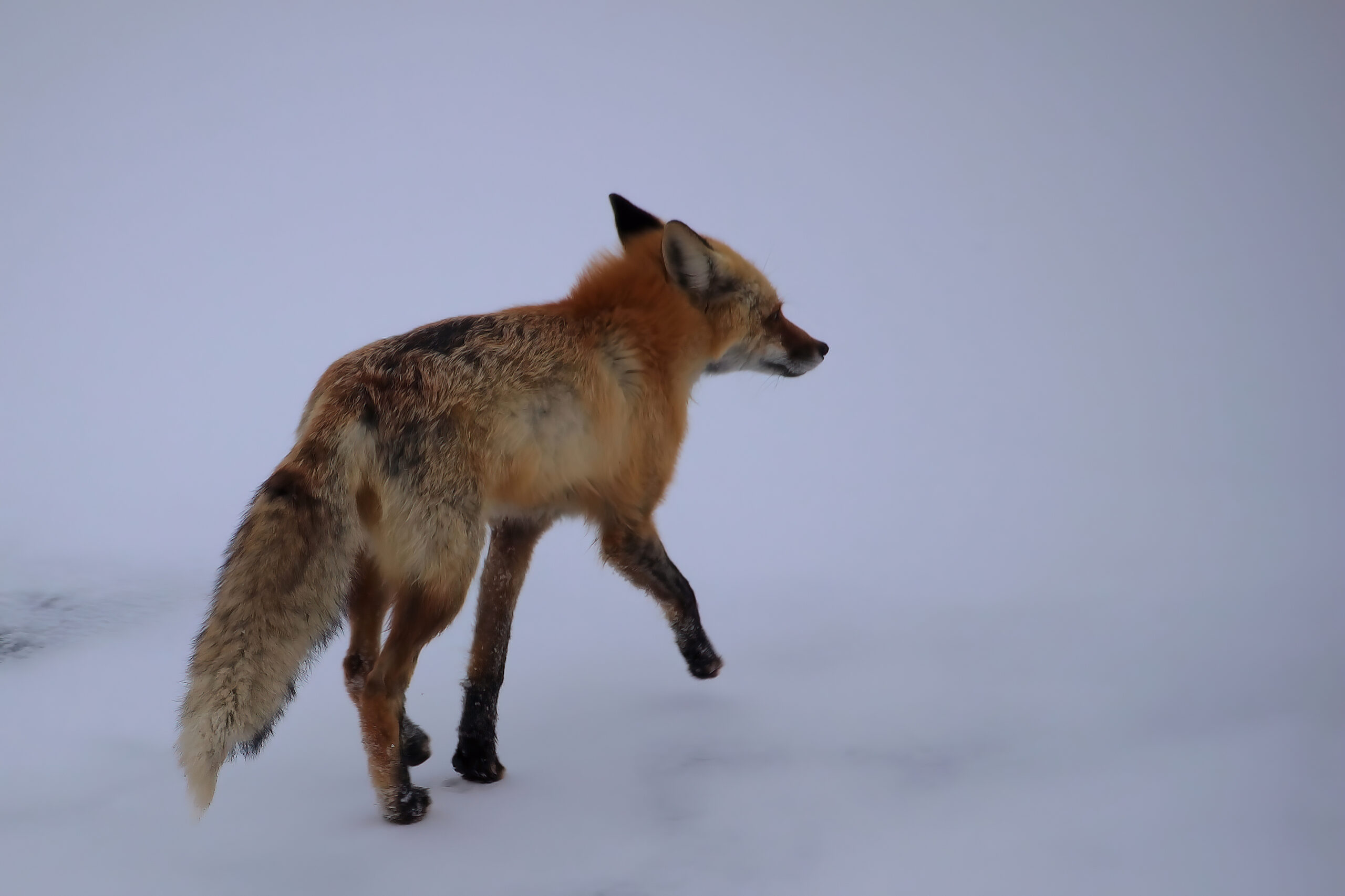Although Halloween may take a different format this year with the pandemic still with us, there are certain precautions we should consider leading up to October 31st.
Halloween can be a fun time for young and old but don’t assume that the treats kids are given can be given to your dogs as well. All forms of chocolate—especially baking or dark chocolate—can be dangerous, even lethal, for some dogs and cats. Symptoms of chocolate poisoning may include vomiting, diarrhea, rapid breathing, increased heart rate and seizures. Halloween candies containing the artificial sweetener xylitol can also be poisonous to dogs. Even small amounts of xylitol can cause a sudden drop in blood sugar and subsequent loss of coordination and seizures. “Xylitol ingestion can also cause liver failure in dogs, even if they don’t develop symptoms associated with low blood sugar,” adds Dr. Jennifer Coates, veterinary advisor with petMD.
We have had firsthand experience with Finn of how upset dogs can become when the front door bell is constantly being rung by trick-or-treaters. It isn’t just the noise which stresses dogs out but people dressed in all sorts of strange costumes can be alarming to dogs. Keep your dog with you indoors and, wherever possible, away from the front door.
While glow sticks can help keep people safe on Halloween night, they can add some unwanted drama to the holiday if a pet chews one open. “Thankfully, the liquid inside glow sticks is non-toxic, so it won’t actually make pets sick,” Dr. Coates says, “but it does taste awful.” Pets who get into a glow stick may drool, paw at their mouth, become agitated and sometimes even vomit. Coates recommends that if your pet does chew on a glow stick, “offer some fresh water or a small meal to help clear the material out of the mouth.”
Part of the fun of Halloween is to carve pumpkins. Make sure this is a supervised activity and that all the discarded pumpkin is disposed of properly, be it in the waste bin or the compost bin. As Dr. Coates comments: “While small amounts of corn and pumpkin can be fed safely to many pets, ingesting uncooked, potentially moldy Halloween pumpkins or corn displays can cause big problems. Gastrointestinal upset is a possibility whenever pets eat something they aren’t used to, and intestinal blockage can occur if large pieces are swallowed. Coates adds that “some types of mold produce mycotoxins that can cause neurologic problems in dogs and cats.” So, keep the pumpkins and corn stalks away from your pets.
If you are using candles to light your jack-o-lanterns or other Halloween decorations, make sure to place them well out of reach of your pets. Should they get too close, they run the risk of burning themselves or causing a fire. Other safety aspects to consider relate to electrical cords. Electric and battery-powered Halloween decorations are certainly safer than open candles, but they still can present a risk to pets. Pets who chew on electrical cords can receive a possibly life-threatening electrical shock or burn. Batteries may cause chemical burns when chewed open or gastrointestinal blockage if swallowed. Shards of glass or plastic can cause lacerations anywhere on the body or, if swallowed, within the gastrointestinal tract.
Finally, don’t dress your pets up in such a way as to cause discomfort to them. Never compromise their well-being just because you think they look cute in a Halloween costume. Bear in mind that any costume is going to feel strange to your dog so, if you’ve checked out the sizing and are happy your dog is not being compromised, try the costume on ahead of Halloween just to make sure your dog is OK being dressed up.
We all want to enjoy the fun but we want to be able to keep our dogs free of health concerns well after October 31st.








